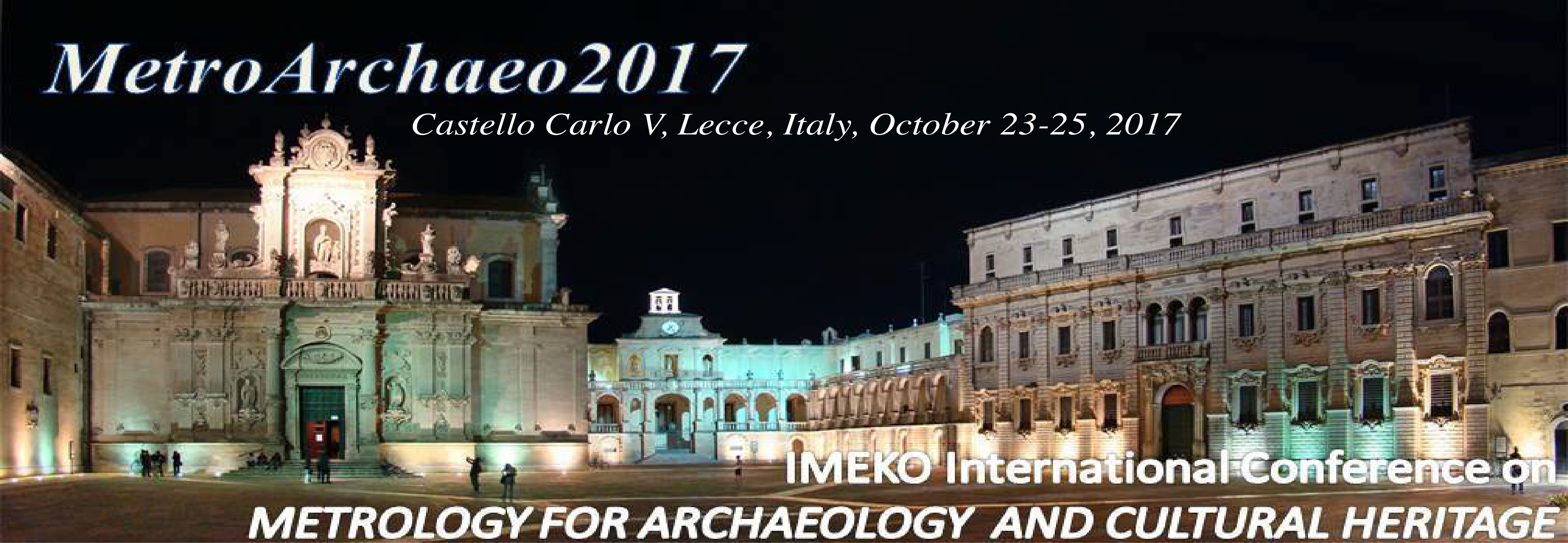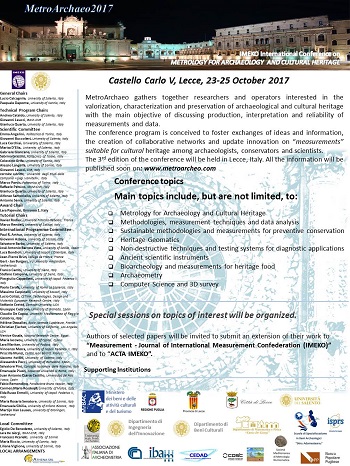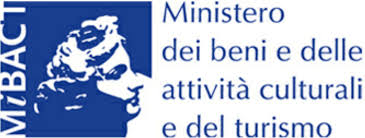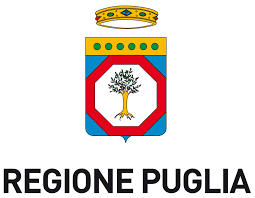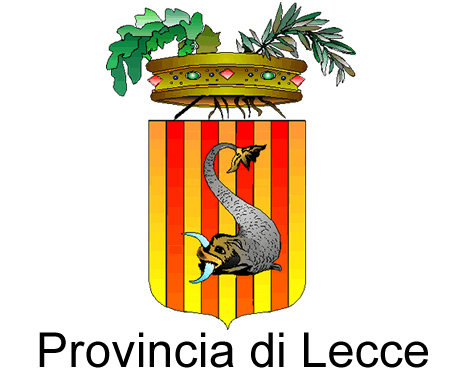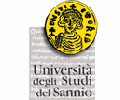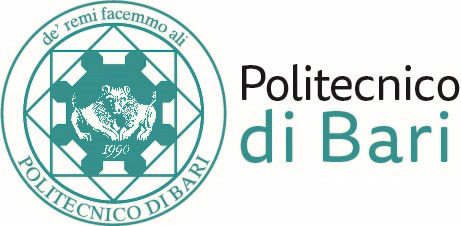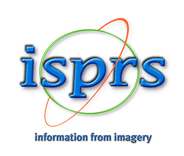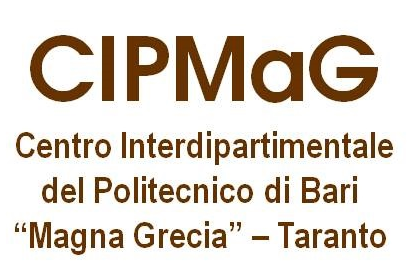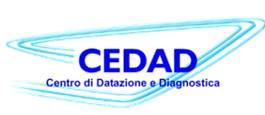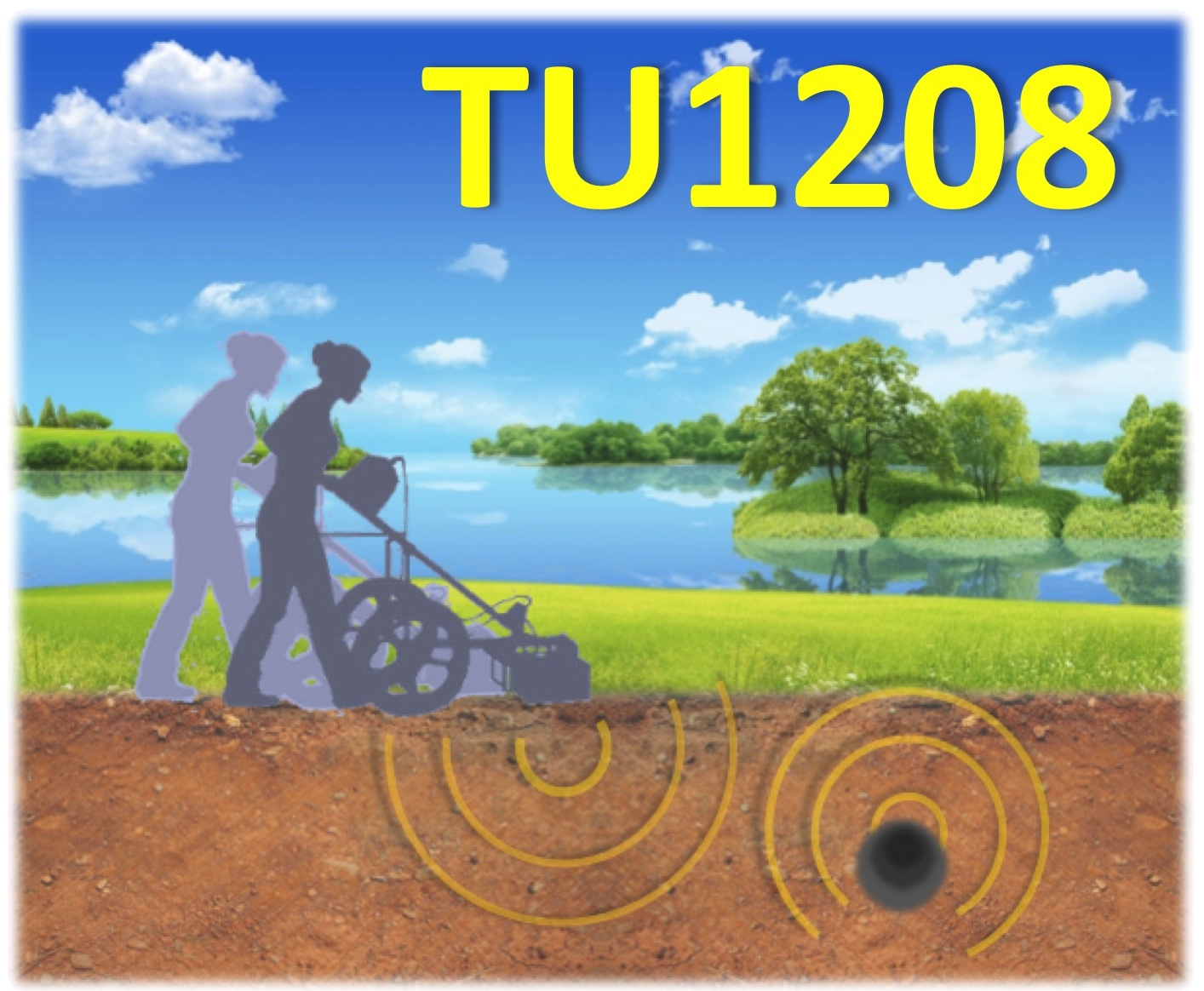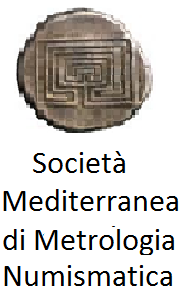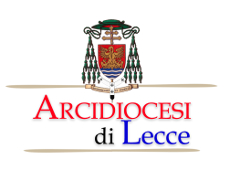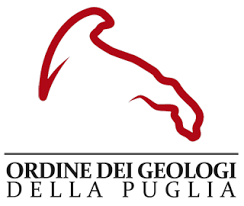Non invasive measurements on metallic cultural heritage
ORGANIZERS
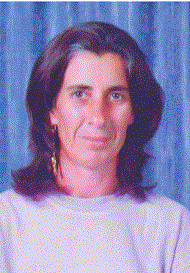 Panayota Vassiliou
Panayota Vassiliou
School of Chemical Engineering
National Technical University of Athens, Greece
email: Questo indirizzo email è protetto dagli spambots. È necessario abilitare JavaScript per vederlo.
Panayota Vassiliou is full professor of Chemical Engineering at the School of Chemical Engineering, National Technical University of Athens, Greece. She is member of the International Corrosion Council. Her main research interest are: corrosion and protection of materials for industrial and biomedical applications; electrochemical measurements for the study of the corrosion mechanism of metals and alloys; conservation of cultural heritage.
 Elisabetta Di Francia
Elisabetta Di Francia
Dipartimento di Scienza Applicata e Tecnologia, Politecnico di Torino, Italy
email: Questo indirizzo email è protetto dagli spambots. È necessario abilitare JavaScript per vederlo.
Elisabetta Di Francia received her master of science at Università di Torino with a thesis on the “Characterization of the video-microscope MISC-MP2 WUVIR and application of the infrared false-color technique to the optical microscopy in the cultural heritage” carried out at Foundation Centro Conservazione e Restauro “La Venaria Reale”.
Currently, she is a Ph.D. student in Materials Science and Technology at Politecnico di Torino (Italy) and she won a EFC grant to study the laser/material interactions on copper-based artefacts during laser cleaning treatments.
She has over 2-year experience in science communication abroad and in Italy.
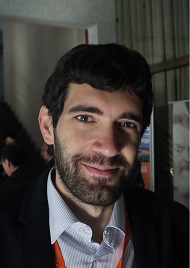
email: Questo indirizzo email è protetto dagli spambots. È necessario abilitare JavaScript per vederlo.
Luca Lombardo was born in Italy in 1986. He received his B.D. and M.S. degree in electronic engineering from the Università di Messina, Italy, in 2014 and 2016, respectively. Currently he is a PhD Student in Metrology with the Dipartimento di Elettronica e Telecomunicazioni, Politecnico di Torino. His research interests include the development of innovative sensors and systems especially for environmental monitoring and biomedical applications, embedded systems and instrumentation in general.
Abstract
Nowadays, conservation of metallic artifacts or archaeological and historic interest is based on the concept of preventive conservation, taking into account that the degradation phenomena cannot be avoided and the aging processes are the result of the interaction with the environment which surrounds the artifacts. According to the Conservation Committee of the International Council of Museums (ICOM-CC) preventive conservation is defined as “all measures and actions aimed at avoiding and minimizing future damages”.
Non-invasive diagnostic techniques and measurements are, therefore, very important tools for restorers and art historians to obtain trustworthy information on the artefact conservation state, on the degradation mechanism affecting the artefact as a function of the environment in which it is exposed and of the stability of the restoration treatment. This information is essential for the development of the most appropriate methodology for ensuring a long-lasting preservation of these important witnesses of the human culture.
In detail the main topics will be:
• Measurement techniques for studying the corrosion behaviour of metallic artefacts;
• Non-invasive diagnostic techniques for in situ measurements and long-time monitoring;
• Eco-friendly and sustainable methodologies for preventive conservation;
• Measurements and sensors for environmental monitoring.
